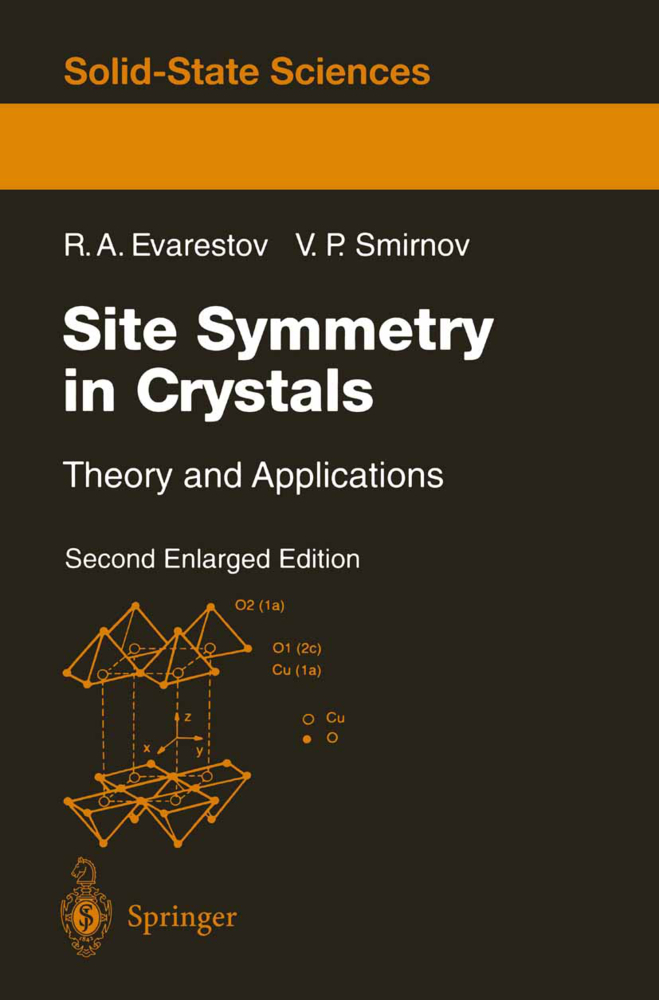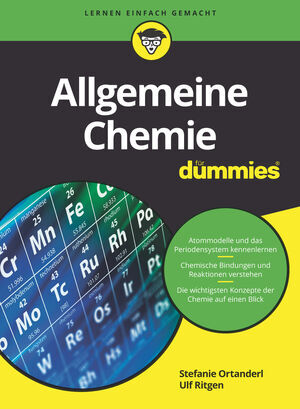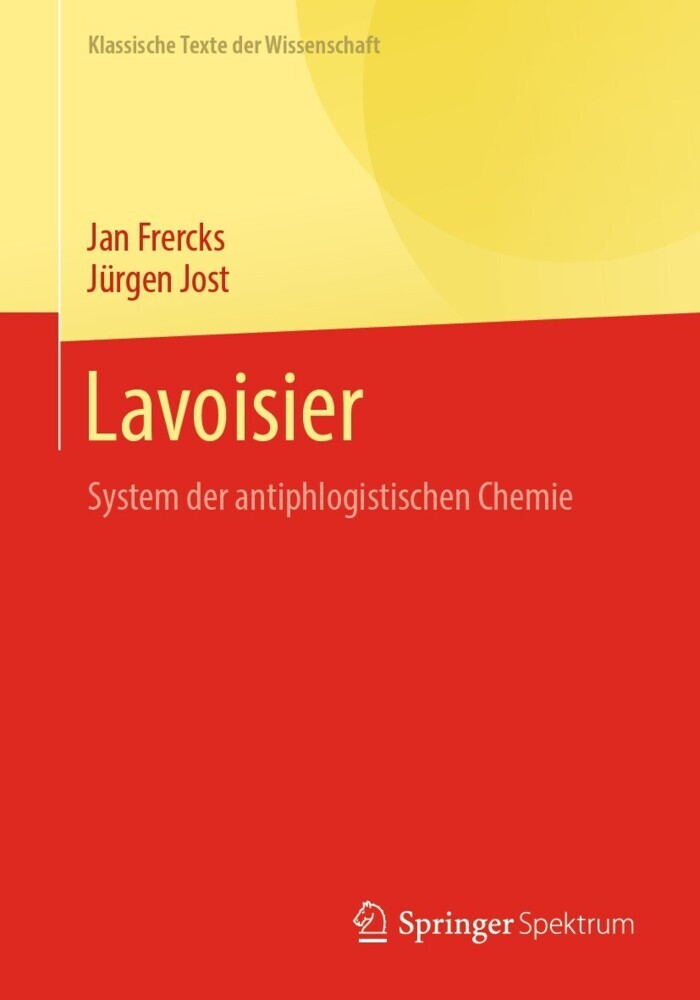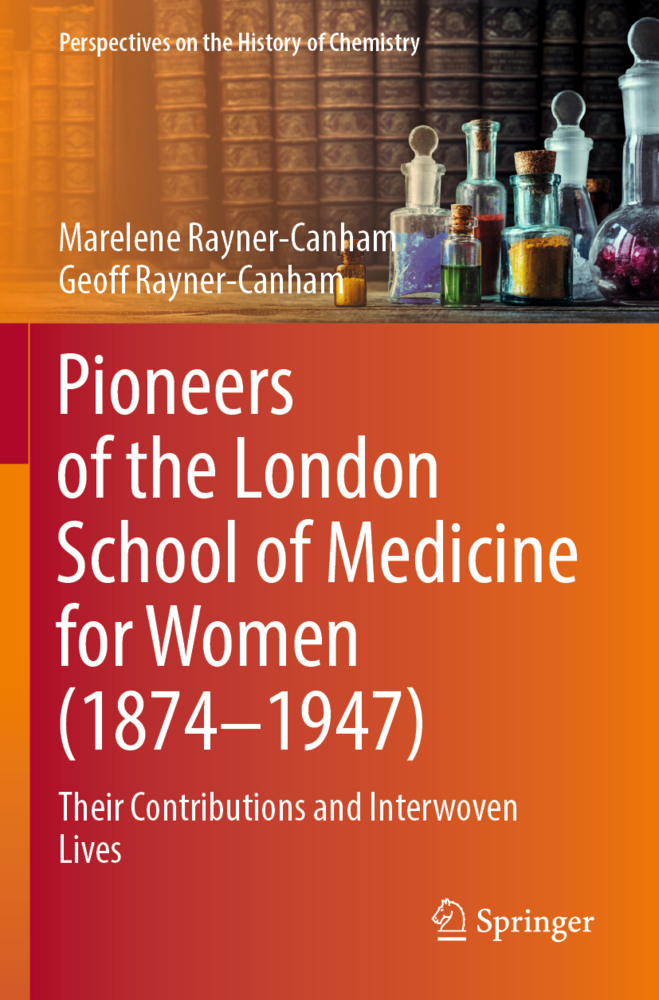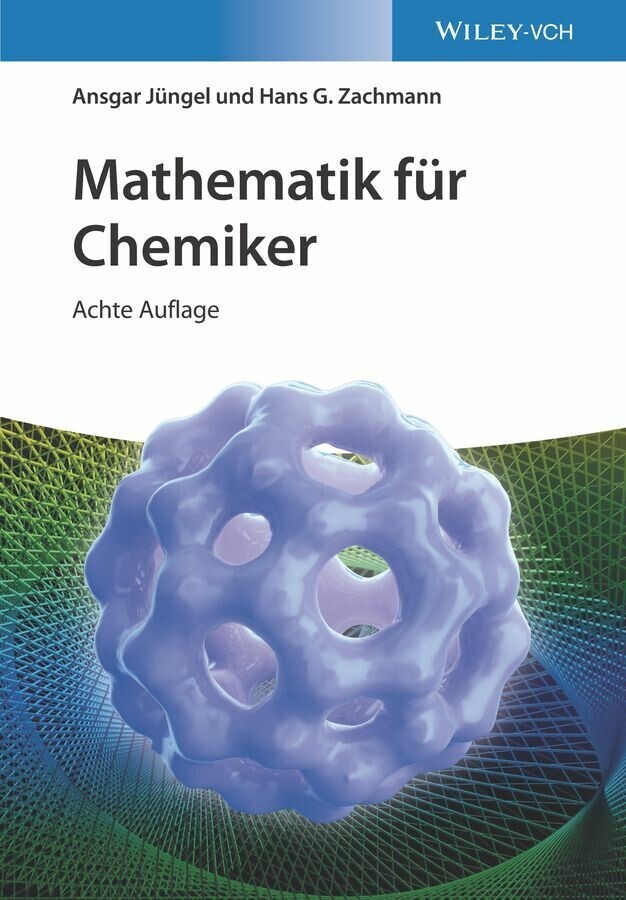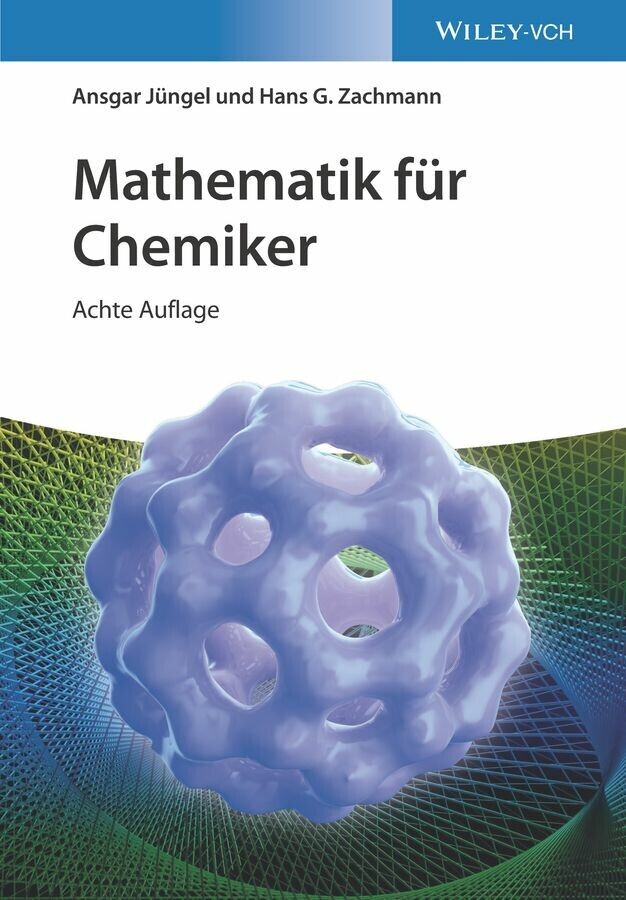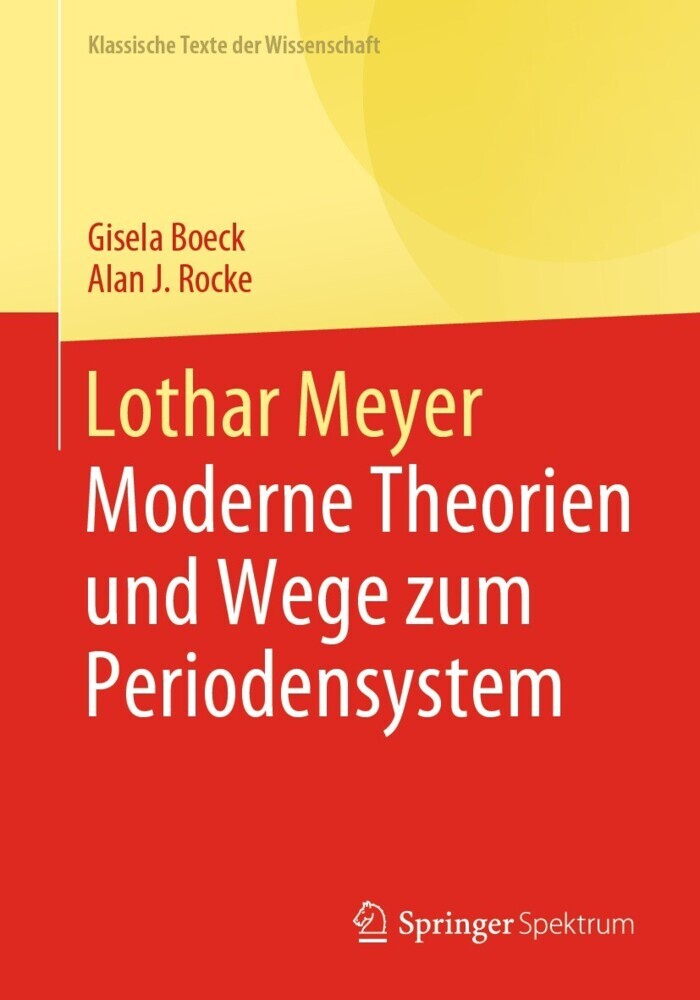Site Symmetry in Crystals
Theory and Applications
Site Symmetry in Crystals
Theory and Applications
Site Symmetry in Crystals is the first comprehensive account of the group-theoretical aspects of the site (local) symmetry approach to the study of crystalline solids. The efficiency of this approach, which is based on the concepts of simple induced and band representations of space groups, is demonstrated by considering newly developed applications to electron surface states, point defects, symmetry analysis in lattice dynamics, the theory of second-order phase transitions, and magnetically ordered and non-rigid crystals. Tables of simple induced respresentations are given for the 24 most common space groups, allowing the rapid analysis of electron and phonon states in complex crystals with many atoms in the unit cell.
2.1 Elements of Group Theory
2.2 Elements of Group Representation Theory
2.3 Generation of Representations
3. Symmetry Groups and Their Representations
3.1 The Euclidean Group and Its Subgroups
3.2 Point Symmetry Groups
3.3 Space Groups
3.4 Site Symmetry in Space Groups
3.5 Symmetry Operations in Quantum Mechanics
3.6 Irreducible Representations of Rotation and Full Orthogonal Groups
3.7 Representations of Point Groups
3.8 Representations of Space Groups
4. Site Symmetry and Induced Representations of Symmetry Groups
4.1 Induced Representations of Point Groups. Correlation Tables
4.2 Induced Representations of Space Groups
4.3 Double-Valued Induced Representations
4.4 Generation of the Simple Induced Representations of the Space Group D4h14
4.5 The Twenty-Four Most Common Space Groups: Crystal Structures and Tables of Simple Induced Representations
5. Application of Induced Representations in the Electron Theory of Molecules and Crystals
5.1 Adiabatic and One-Electron Approximations
5.2 Induced Representations in the Electron Theory of Molecules
5.3 One-Electron Approximation for Crystals
5.4 Induced Representations and the Theory of Chemical Bonding in Crystals
5.5 Energy Bands and Localized States
5.6 Localized Orbitals in Molecular Models of Crystals
6. Induced Representations in the Theory of Imperfect Crystals
6.1 Point Defects in Crystals
6.2 Diperiodic Space Groups. Surface Electron States
7. Application of Induced Representations of Space Groups to Second Order Phase Transitions
7.1 Symmetry Rules in the Landau Theory of Second Order Phase Transitions
7.2 Tensor Fields in Crystals and Induced Representations of Space Groups. Tensor Fields for Space Group D4h14
7.3 Vibrational Field Representation and Phase Transitions in High-Temperature Superconductors
8. Induced Representations of Space Groups in Phonon Spectroscopy of Crystals
8.1 Phonon Symmetry Analysis
8.2 Infrared and Raman Spectra Selection Rules
8.3 Phonon Symmetry and Optical Spectra Selection Rules in Semiconductor Superlattices
8.4 Phonon Symmetry in High-Temperature Superconductors
8.5 Phonon Symmetry in Diperiodic Systems
9. Site Symmetry in Magnetic Crystals and Induced Corepresentations
9.1 Shubnikov Space Groups of Symmetry of Magnetic Crystals
9.2 Site Symmetry in Magnetic Crystals
9.3 Corepresentations of Shubnikov Space Groups
9.4 Induced Corepresentations of Magnetic Space Groups
9.5 Corepresentations of the Space Groups of Antiferromagnetic La2CuO4
10. Site Symmetry in Permutation - Inversion Symmetry Groups of Nonrigid Crystals
10.1 Symmetry Groups of Nonrigid Crystals
10.2 Irreducible Representations of a Nonrigid Crystal Symmetry Group
10.3 Generalized Symmetry of High-Temperature Phase of Fullerite C60
References.
1. Introduction
2. Finite Groups and Their Representations2.1 Elements of Group Theory
2.2 Elements of Group Representation Theory
2.3 Generation of Representations
3. Symmetry Groups and Their Representations
3.1 The Euclidean Group and Its Subgroups
3.2 Point Symmetry Groups
3.3 Space Groups
3.4 Site Symmetry in Space Groups
3.5 Symmetry Operations in Quantum Mechanics
3.6 Irreducible Representations of Rotation and Full Orthogonal Groups
3.7 Representations of Point Groups
3.8 Representations of Space Groups
4. Site Symmetry and Induced Representations of Symmetry Groups
4.1 Induced Representations of Point Groups. Correlation Tables
4.2 Induced Representations of Space Groups
4.3 Double-Valued Induced Representations
4.4 Generation of the Simple Induced Representations of the Space Group D4h14
4.5 The Twenty-Four Most Common Space Groups: Crystal Structures and Tables of Simple Induced Representations
5. Application of Induced Representations in the Electron Theory of Molecules and Crystals
5.1 Adiabatic and One-Electron Approximations
5.2 Induced Representations in the Electron Theory of Molecules
5.3 One-Electron Approximation for Crystals
5.4 Induced Representations and the Theory of Chemical Bonding in Crystals
5.5 Energy Bands and Localized States
5.6 Localized Orbitals in Molecular Models of Crystals
6. Induced Representations in the Theory of Imperfect Crystals
6.1 Point Defects in Crystals
6.2 Diperiodic Space Groups. Surface Electron States
7. Application of Induced Representations of Space Groups to Second Order Phase Transitions
7.1 Symmetry Rules in the Landau Theory of Second Order Phase Transitions
7.2 Tensor Fields in Crystals and Induced Representations of Space Groups. Tensor Fields for Space Group D4h14
7.3 Vibrational Field Representation and Phase Transitions in High-Temperature Superconductors
8. Induced Representations of Space Groups in Phonon Spectroscopy of Crystals
8.1 Phonon Symmetry Analysis
8.2 Infrared and Raman Spectra Selection Rules
8.3 Phonon Symmetry and Optical Spectra Selection Rules in Semiconductor Superlattices
8.4 Phonon Symmetry in High-Temperature Superconductors
8.5 Phonon Symmetry in Diperiodic Systems
9. Site Symmetry in Magnetic Crystals and Induced Corepresentations
9.1 Shubnikov Space Groups of Symmetry of Magnetic Crystals
9.2 Site Symmetry in Magnetic Crystals
9.3 Corepresentations of Shubnikov Space Groups
9.4 Induced Corepresentations of Magnetic Space Groups
9.5 Corepresentations of the Space Groups of Antiferromagnetic La2CuO4
10. Site Symmetry in Permutation - Inversion Symmetry Groups of Nonrigid Crystals
10.1 Symmetry Groups of Nonrigid Crystals
10.2 Irreducible Representations of a Nonrigid Crystal Symmetry Group
10.3 Generalized Symmetry of High-Temperature Phase of Fullerite C60
References.
Evarestov, Robert A.
Smirnov, Vyacheslav P.
| ISBN | 9783540614661 |
|---|---|
| Artikelnummer | 9783540614661 |
| Medientyp | Buch |
| Auflage | 2nd ed. |
| Copyrightjahr | 1997 |
| Verlag | Springer, Berlin |
| Umfang | 282 Seiten |
| Abbildungen | XIV, 282 p. 5 illus. |
| Sprache | Englisch |

